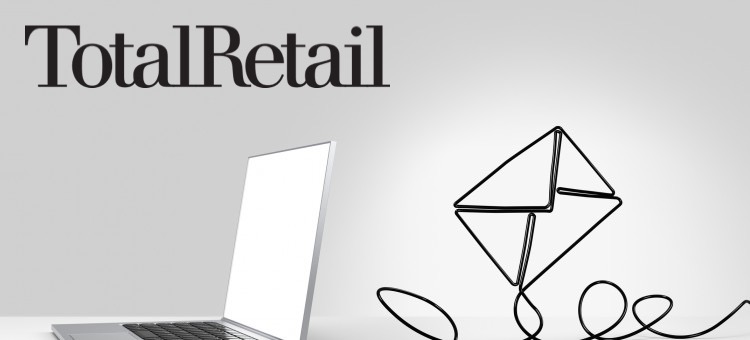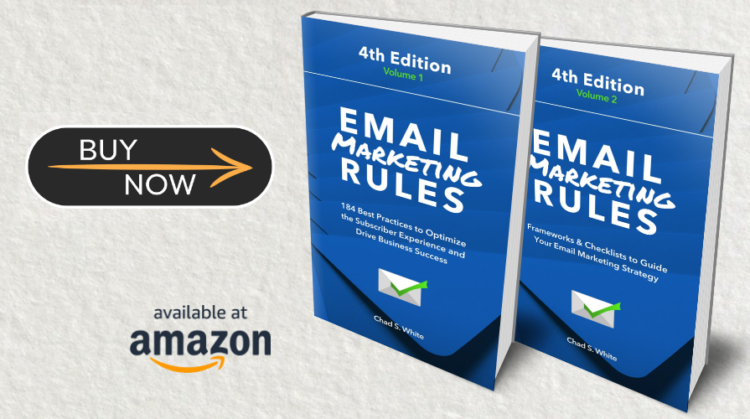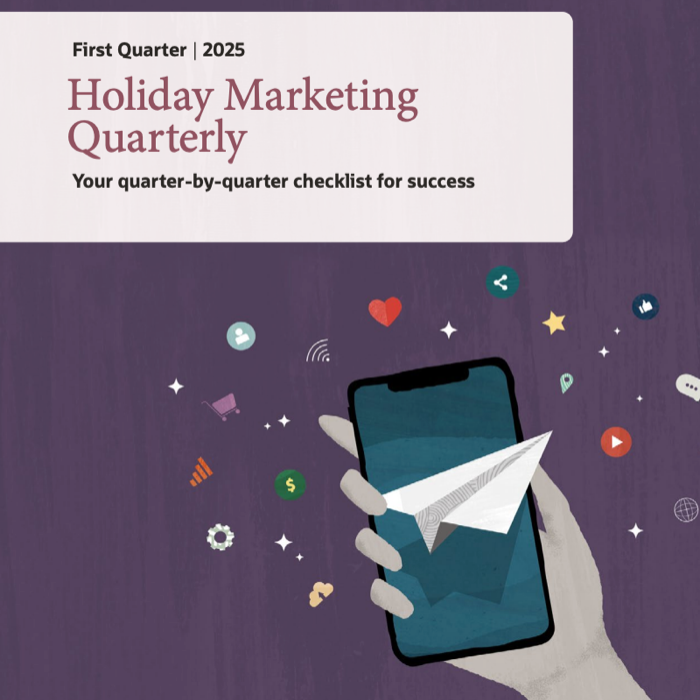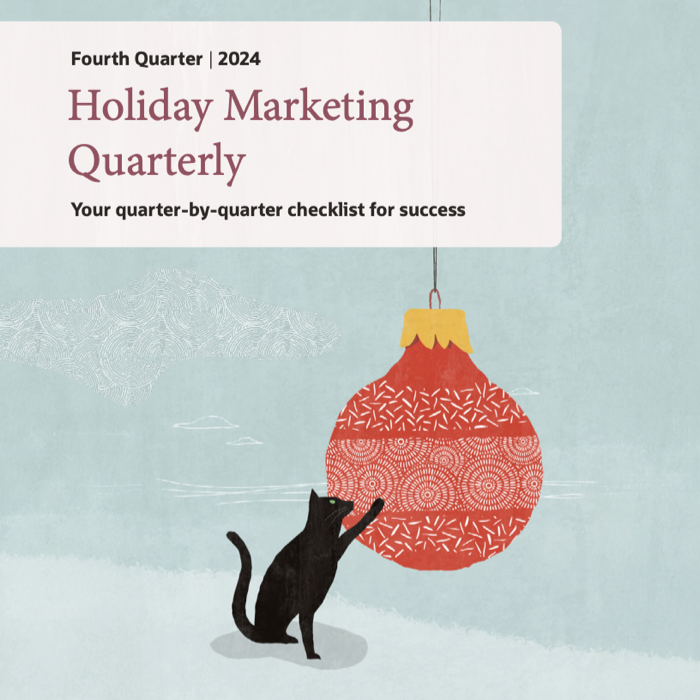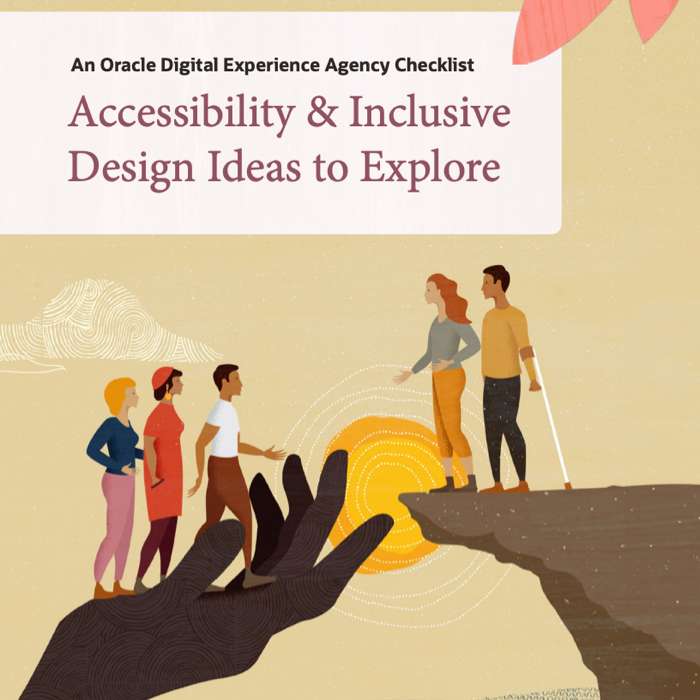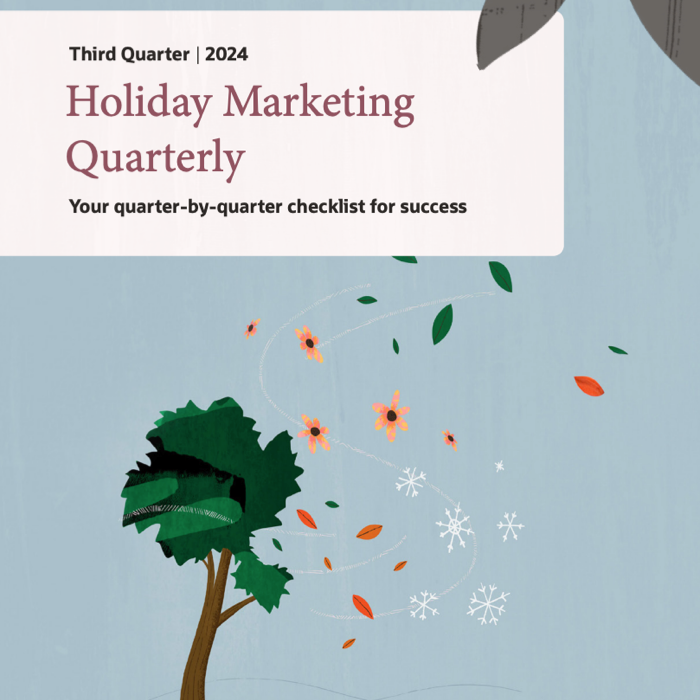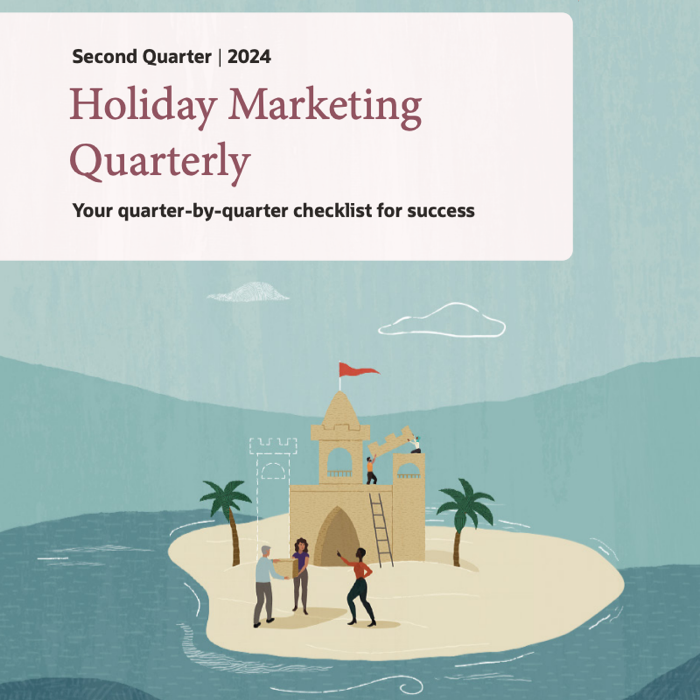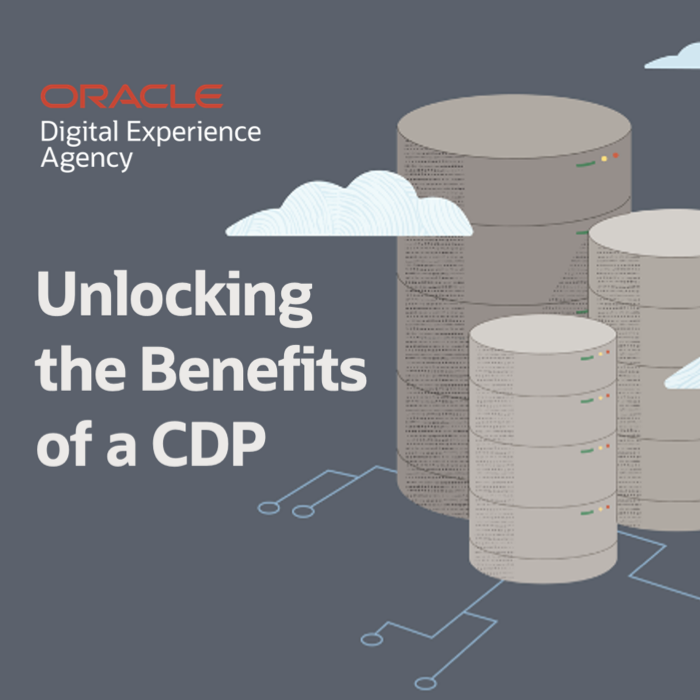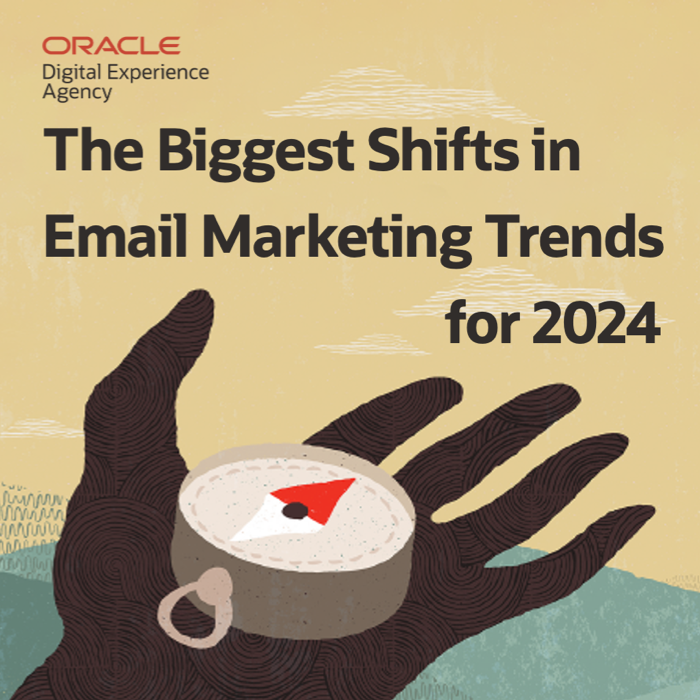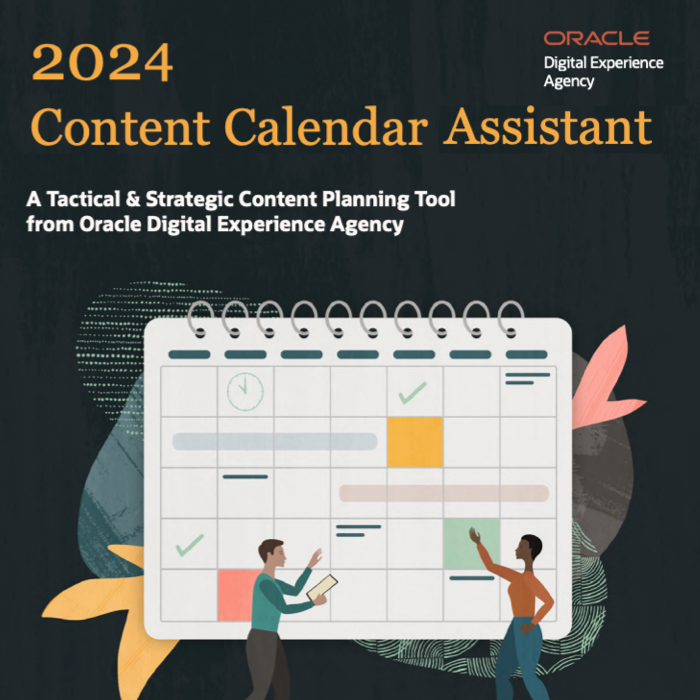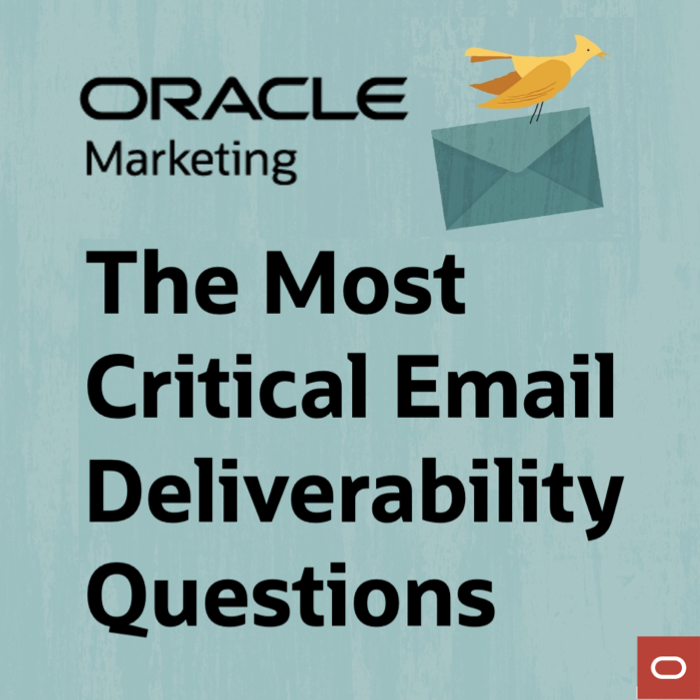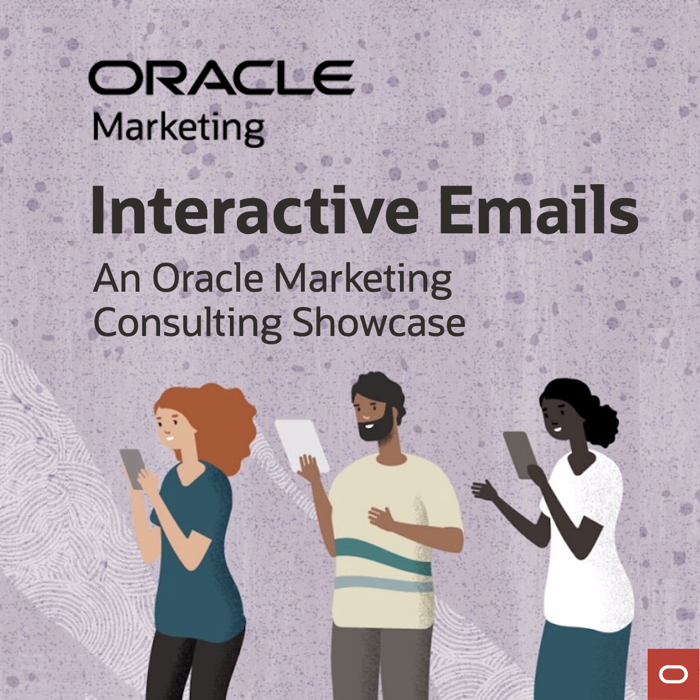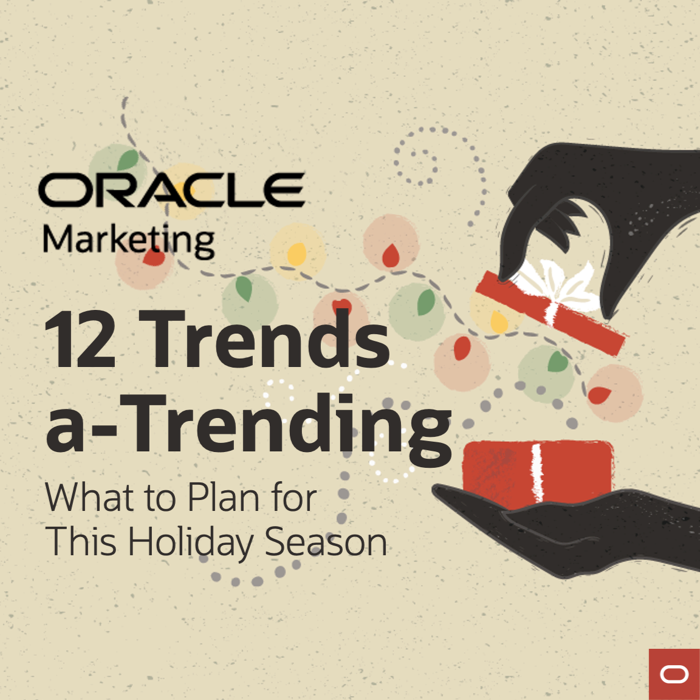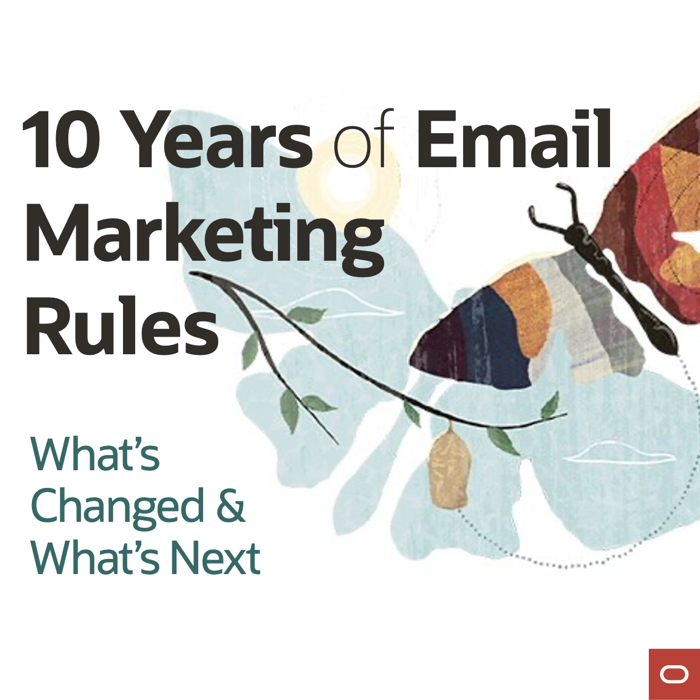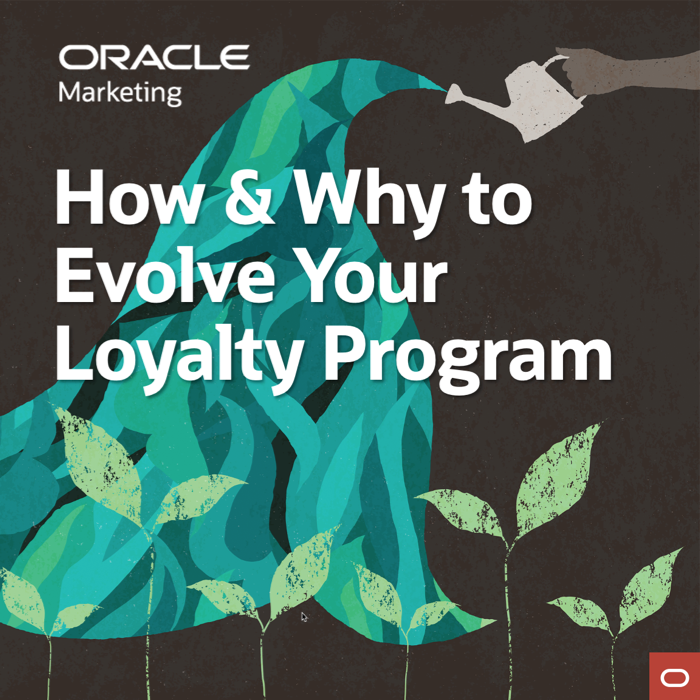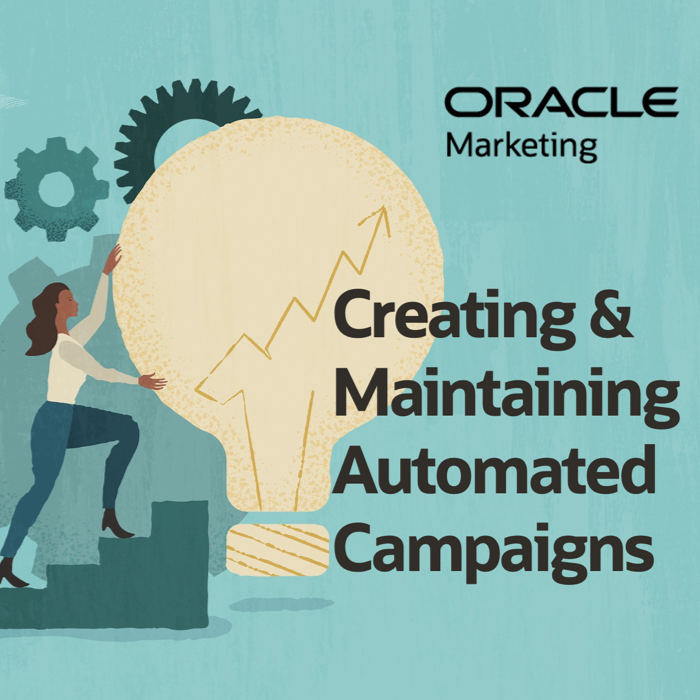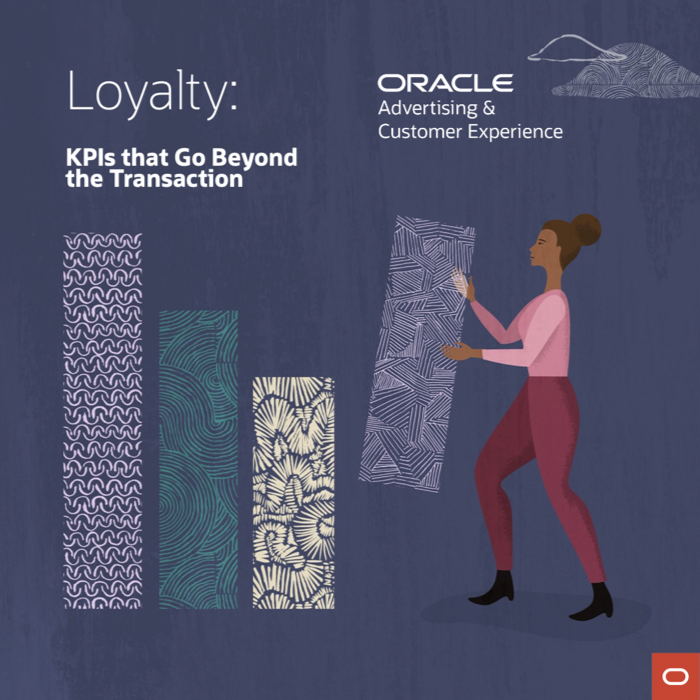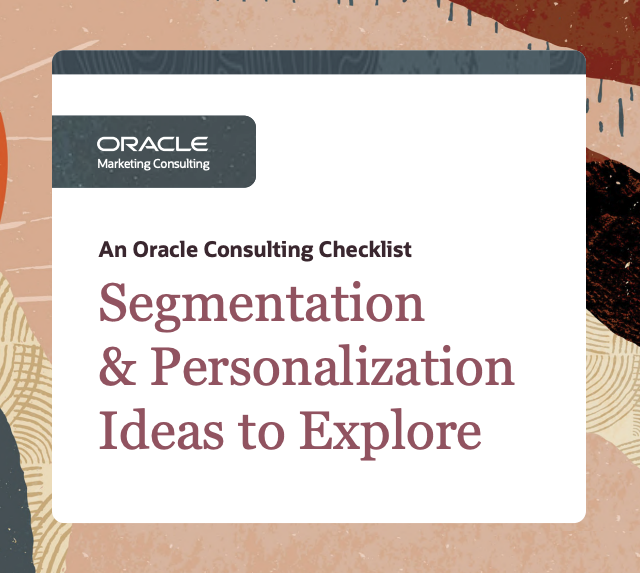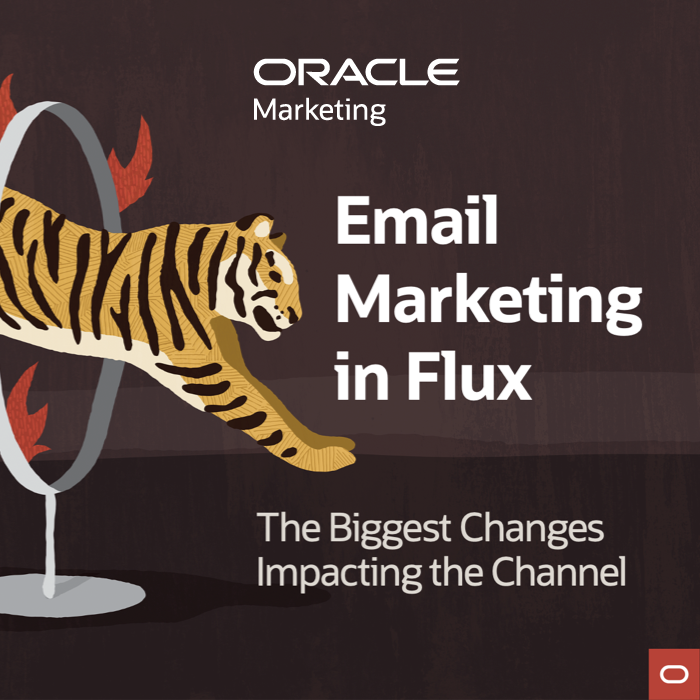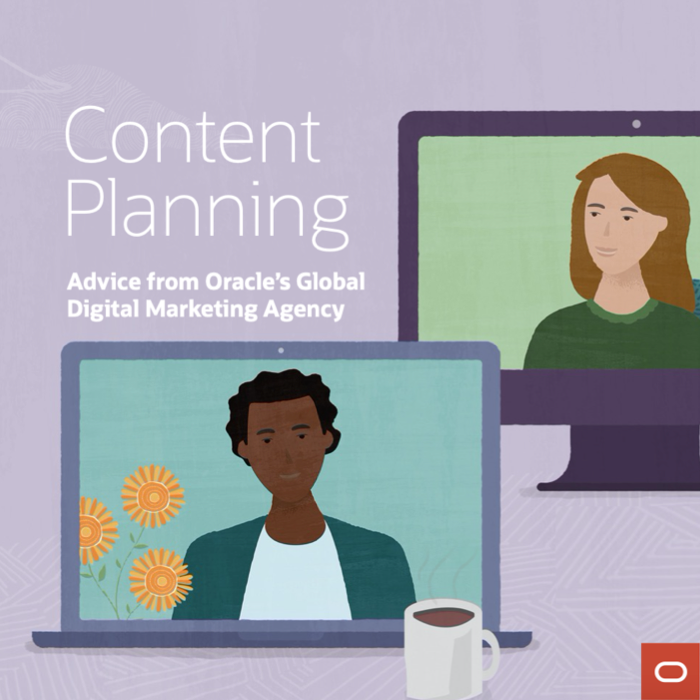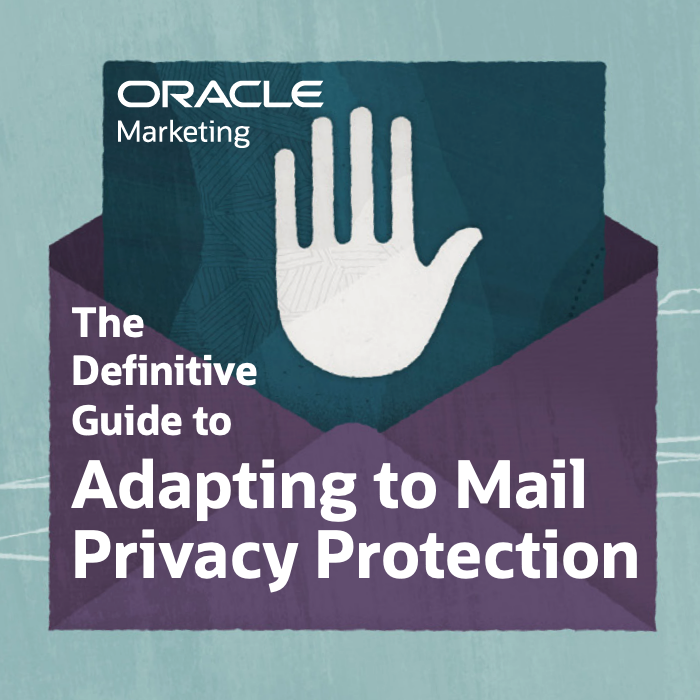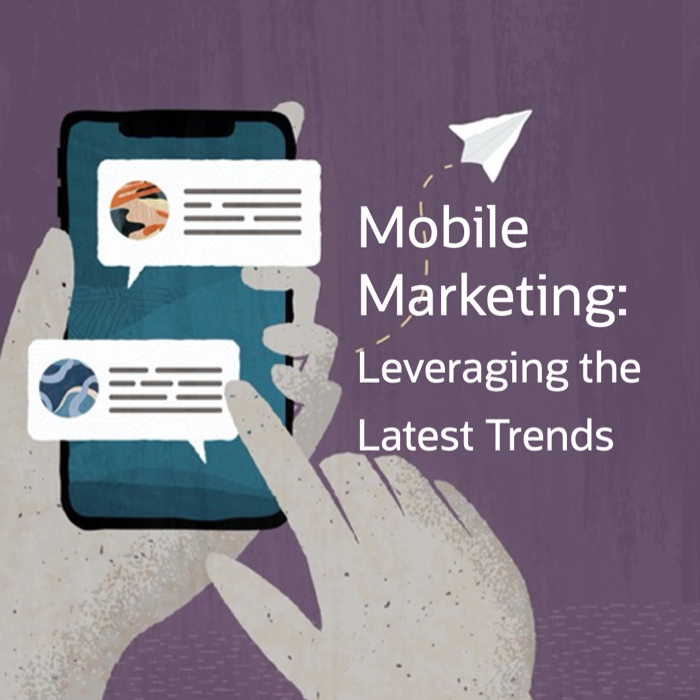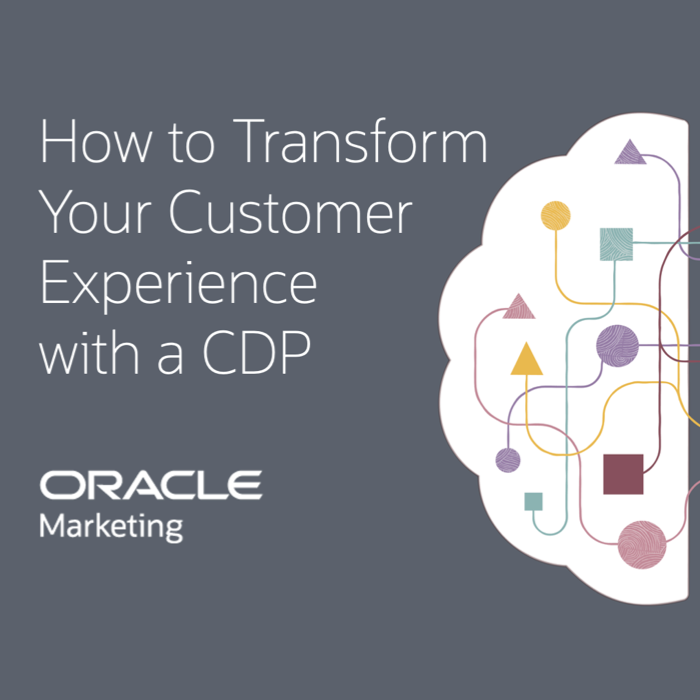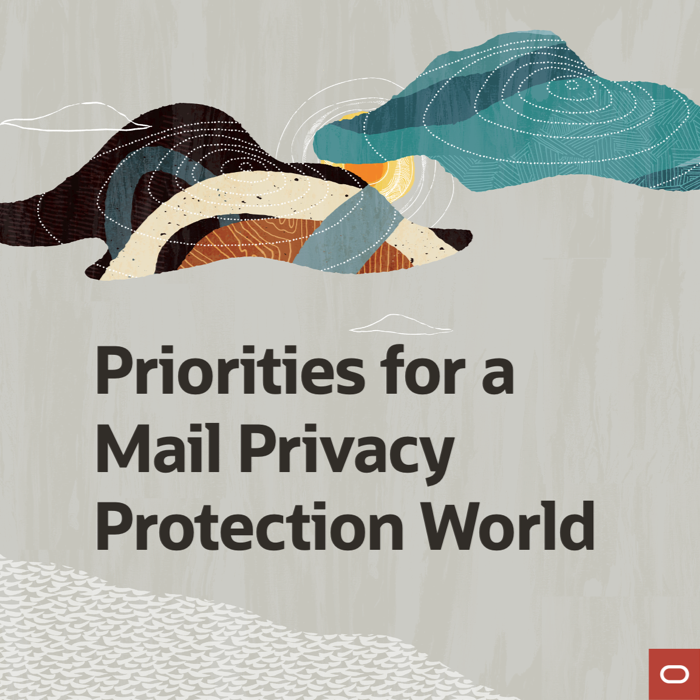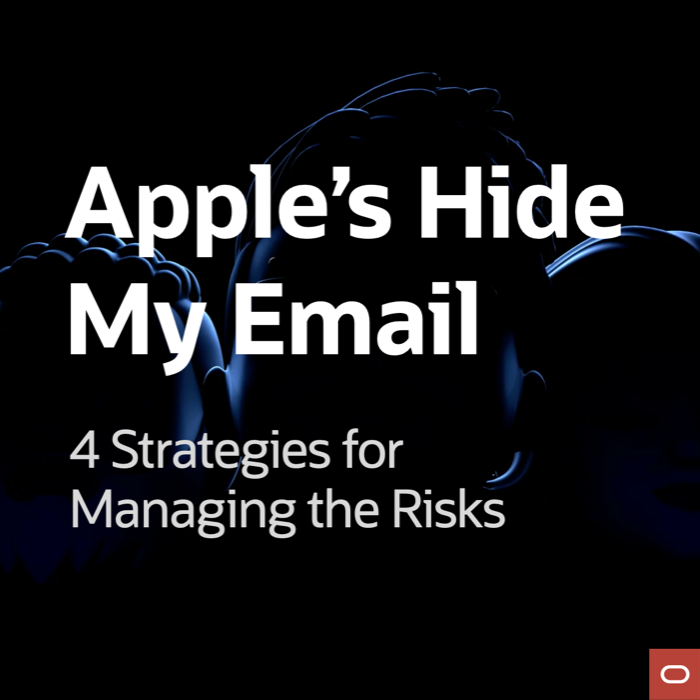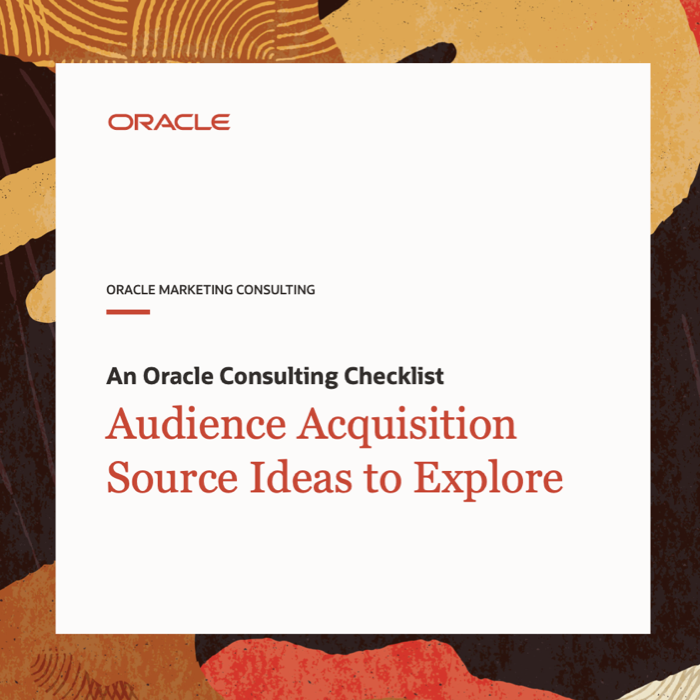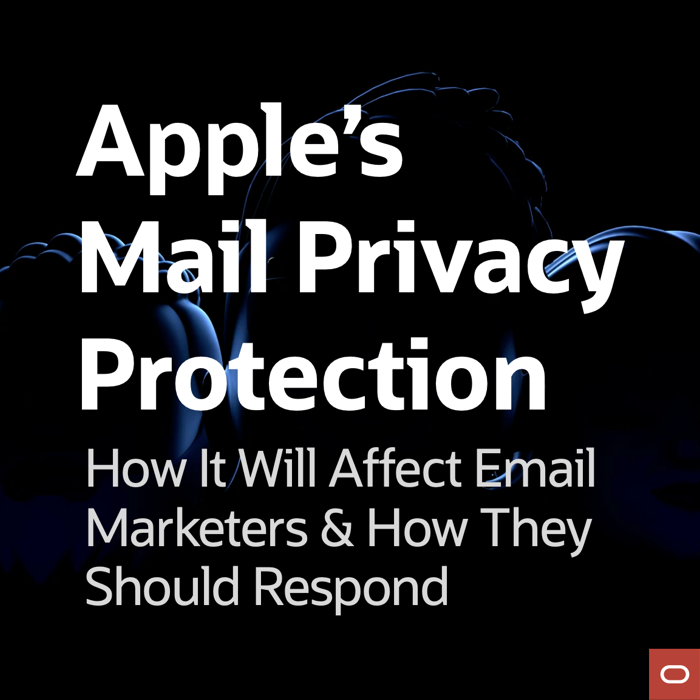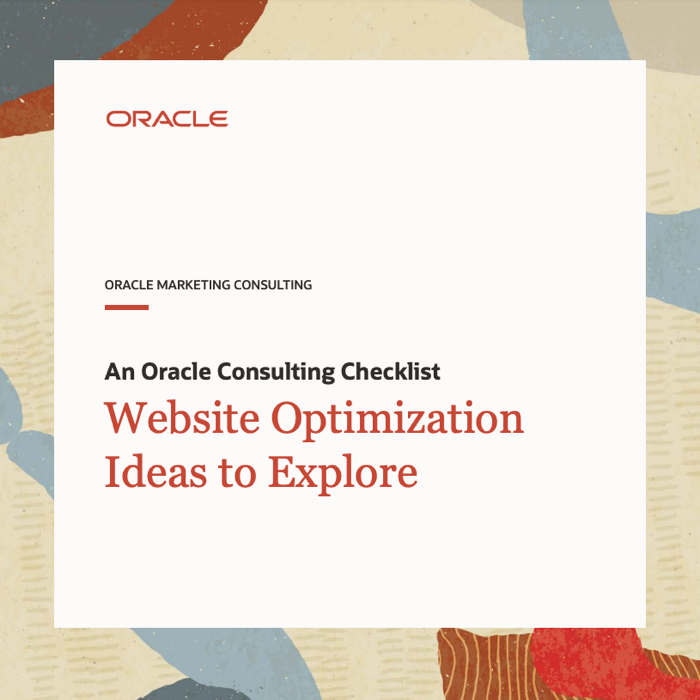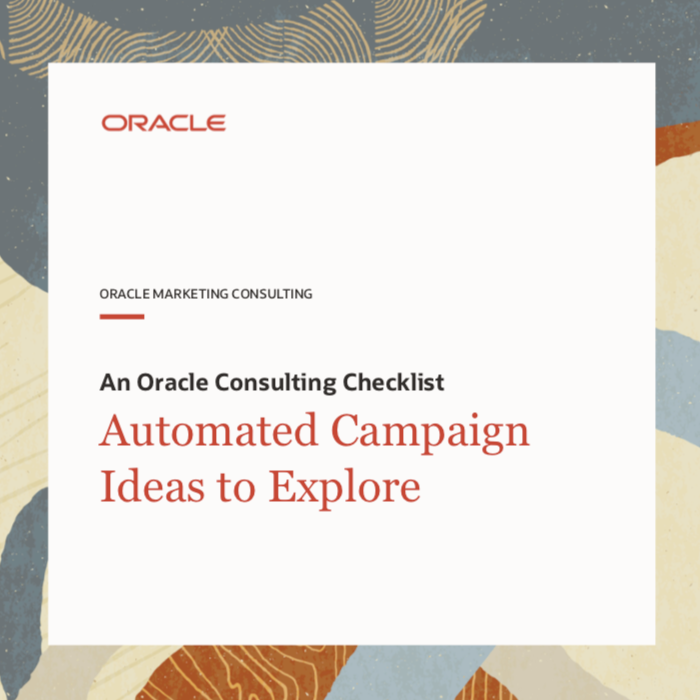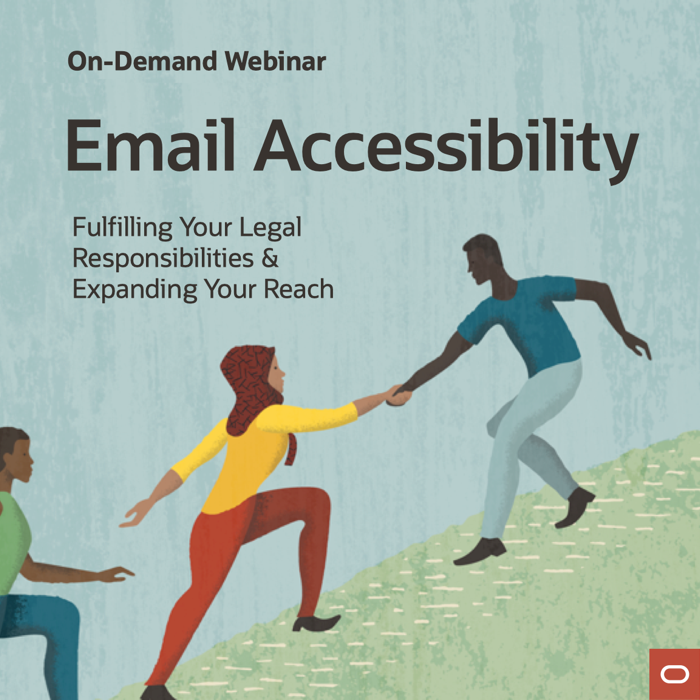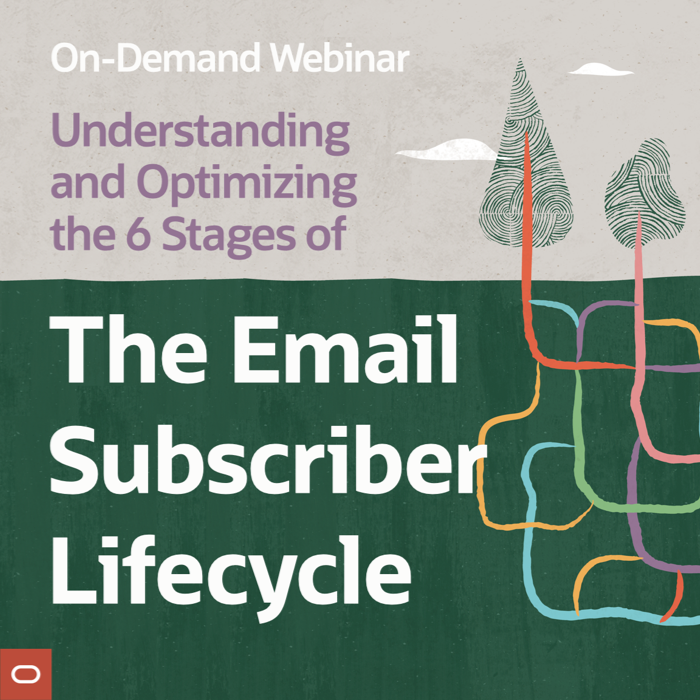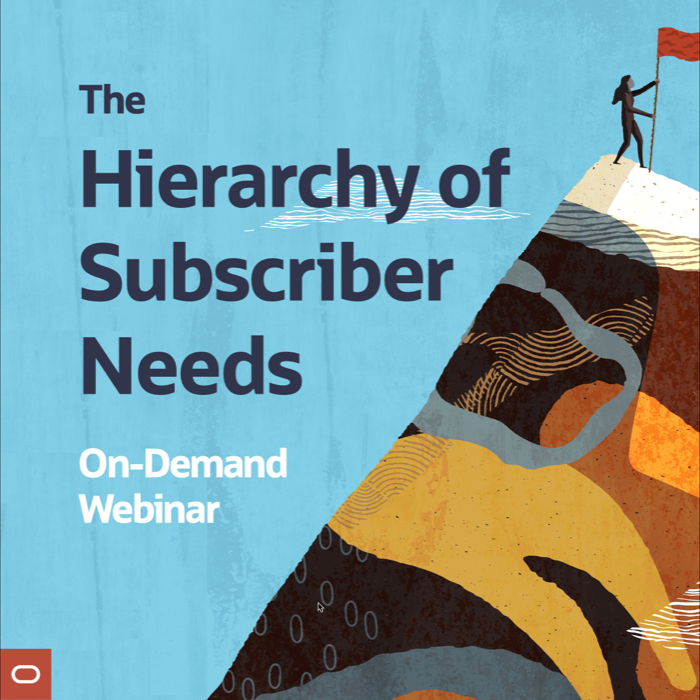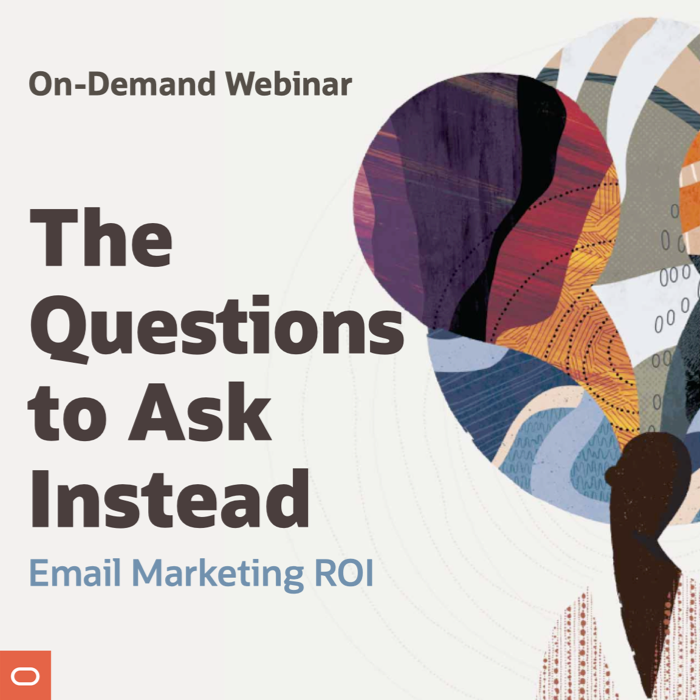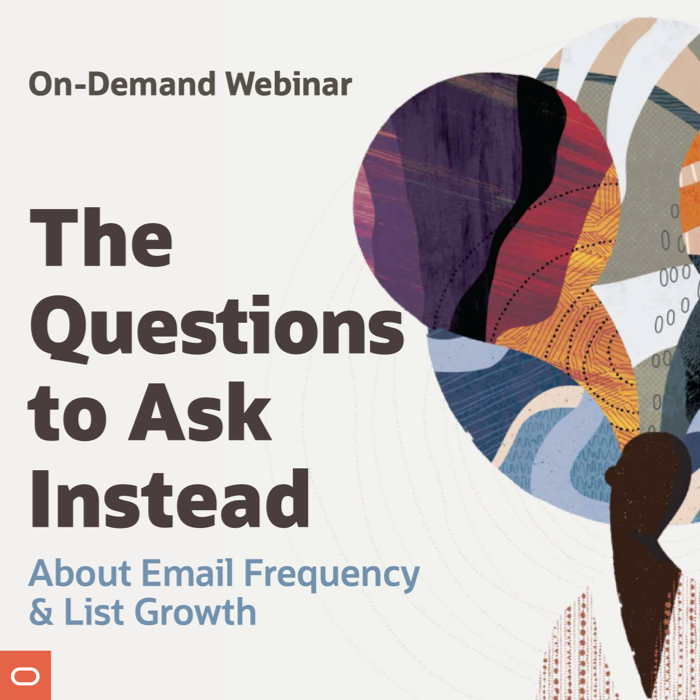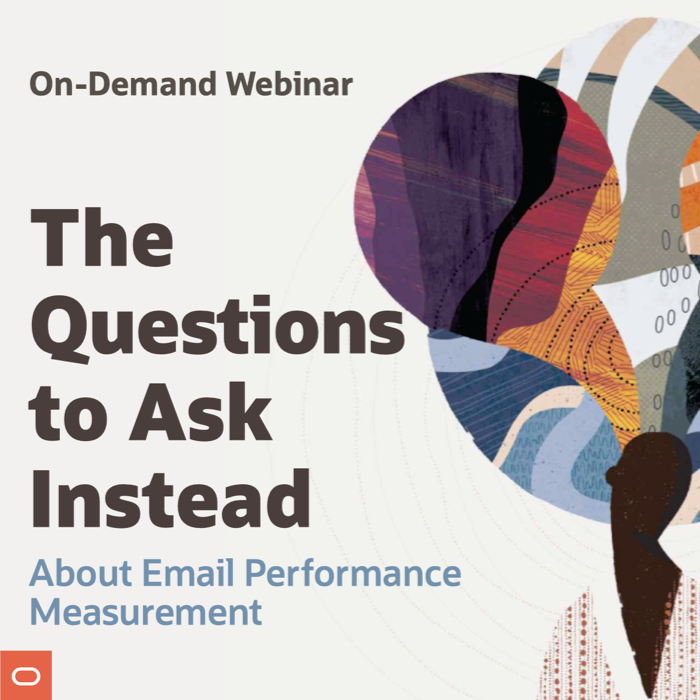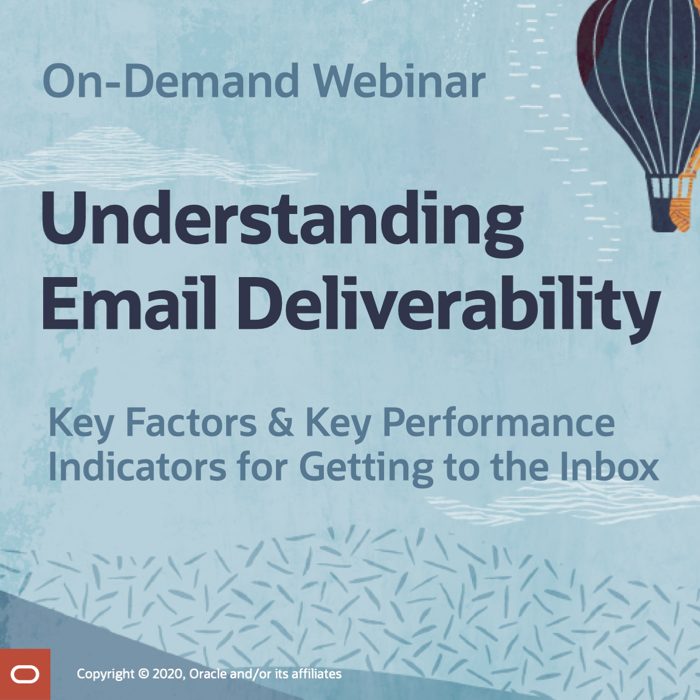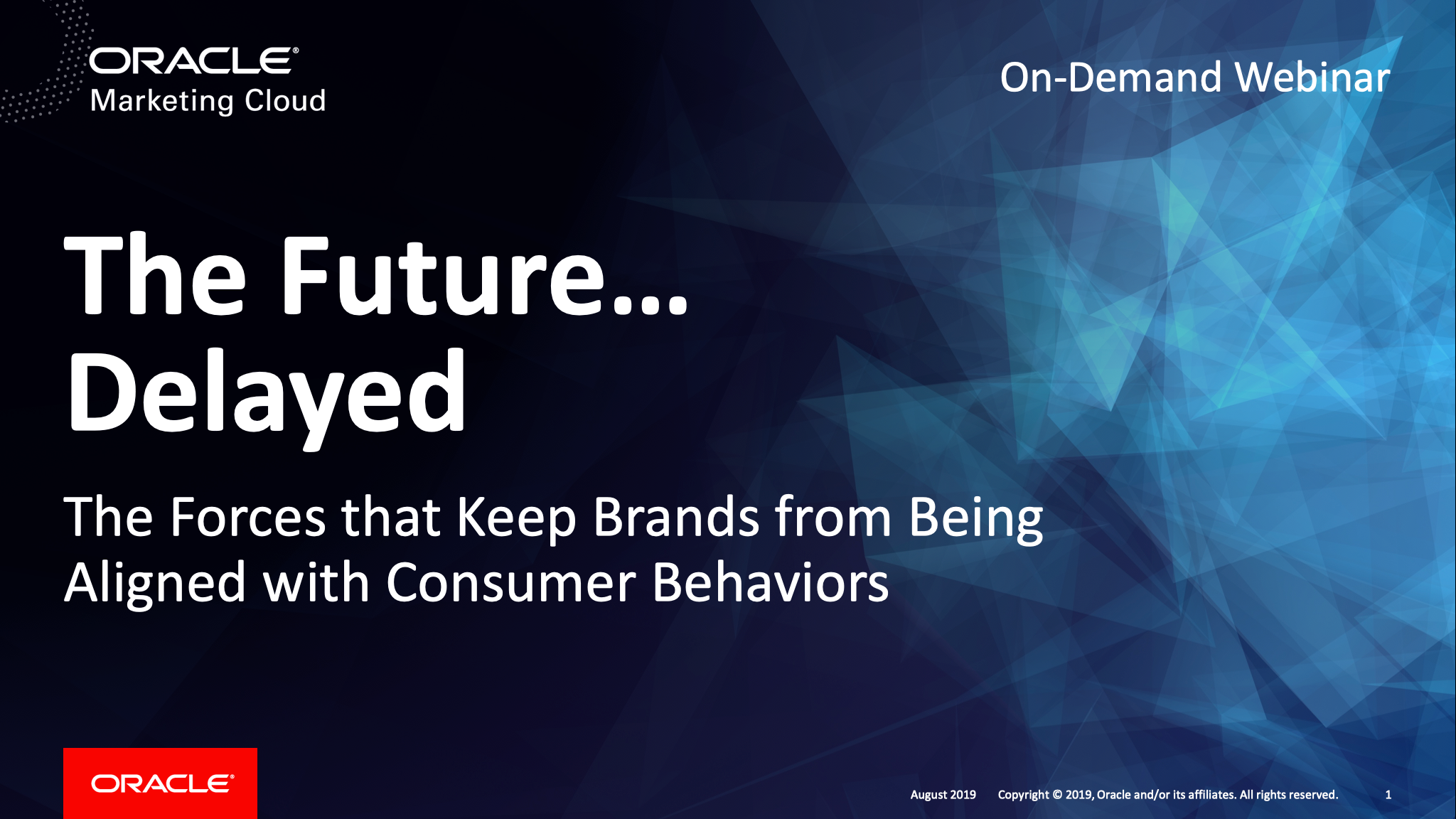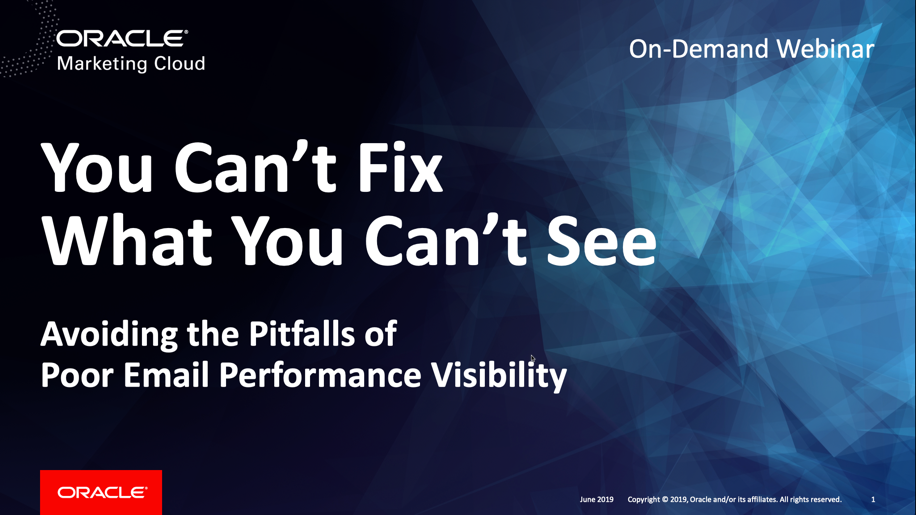Webinar Recording + Q&A: Key Insights from a Year of State of Email Research
Posted on December 13, 2018
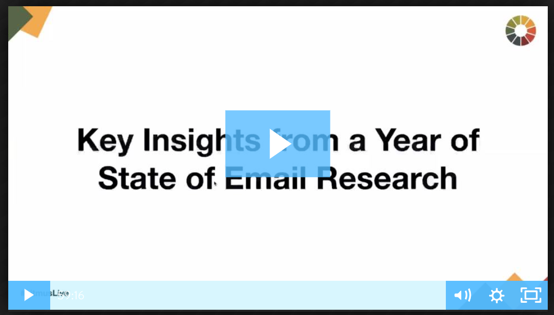
If you didn’t have time to read all of the hundreds of pages worth of reports and research insights that came out of our 2018 State of Email Survey, you’re in luck: We’ve condensed the key stats, trends, and takeaways from all our research into a single webinar.
In this webinar, I discuss four major themes from this year’s research:
- Why most email review and approval processes are inefficient (and what you can do to fix them)
- How performance visibility impacts the subscriber experience
- The use of third-party tools to supplement ESP functionality
- How the under-measurement of email marketing ROI is hurting budgets
To watch the recording, view the slides, and read the Q&A…
>> See the entire post on the Litmus blog
Help us help you by participating in Litmus’ 2019 State of Email Survey
Posted on December 11, 2018
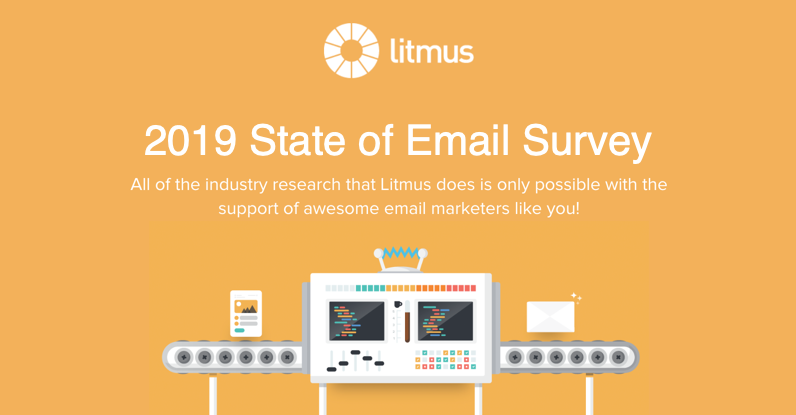
All of the industry research that Litmus does is only possible with the support of awesome email marketers like you.
If you’ve read our State of Email reports, attended a Litmus webinar, or read the Litmus blog, please consider donating a little of your time to complete our 4th annual State of Email Survey. Your responses will help us establish benchmarks, identify trends, and continue to deliver the unique and valuable insights you’ve come to expect from us.
Make sure that your voice is heard.
>> Start the survey
Our Favorite Talks from the Litmus Live 2018 Season
Posted on December 7, 2018
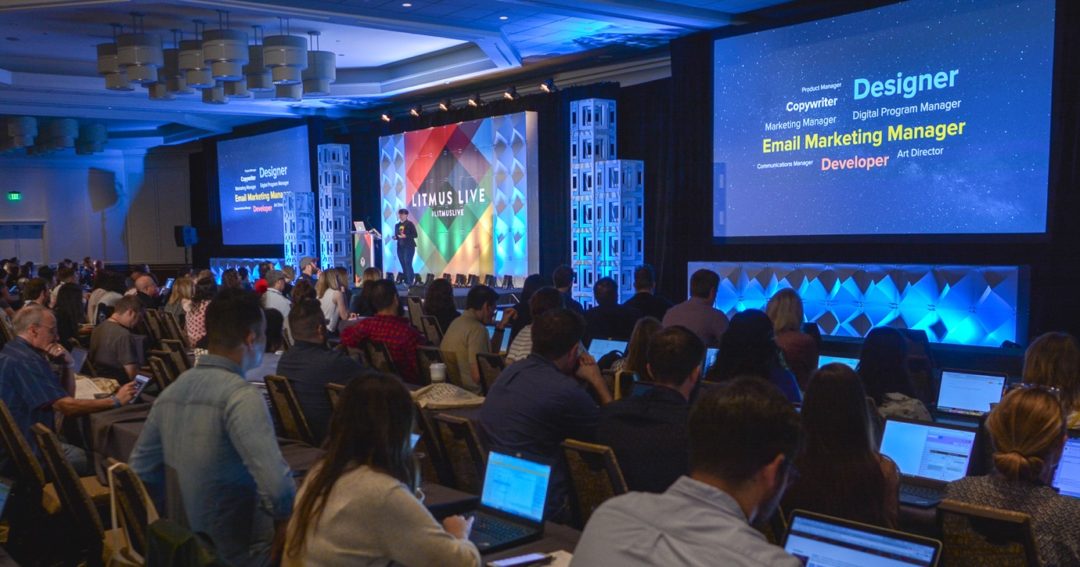
Across its three cities—Boston, London, and San Francisco—Litmus Live 2018 featured over 50 different talks from some of the brightest minds in the email industry. There were so many talks hitting on some of our favorite topics—whether it’s modular design, interactive email, automation and personalization, or collaborating more effectively—that it was hard for us to pick our favorites. All of them were exceptional and helped illuminate different facets of a complex and evolving industry.
But, pick we did. Here are some of the Litmus marketing team’s favorite talks from this year’s batch of amazing sessions at Litmus Live:
-
- Jaina Mistry’s pick: “Moving Beyond Campaigns: Creating a Flagship Email Product” by Drew Price
- Jason Rodriguez’ pick: “Fixing Enterprise Email with Design Systems” by Fabio Carneiro
- Bettina Specht’s pick: Live Optimization
- And my pick: “Improving Engagement Through Feedback Mechanisms” by Leonie Jonker
To learn why these were our favorites and watch the recordings of those sessions…
>> Read the entire post on the Litmus blog
13 Email A/B Testing Mistakes
Posted on December 6, 2018

To A/B test your emails, all you need to do is present two variations to two different groups of your subscribers and then listen. The metrics will tell you their preference, which you can then act on either in the short-term by sending the winning variation to more of your audience, or in the long-term by applying that preference to future campaigns.
That sounds simple—and to a degree, it is, thanks to email service providers and testing software providers rolling out functionality that makes email A/B testing much easier to execute. However, it’s also rather simple to mess up your email A/B testing and either come to the wrong conclusion or undermine your results completely.
Doing a bunch of email A/B testing and then realizing that you didn’t actually learn anything actionable because of poor execution is painful. To avoid that fate, here are 13 tips that will ensure you’re getting the most out of your email A/B testing…
>> Read the full post on the Litmus blog
3 Reasons Brands’ Email Marketing KPIs Are Overly Focused on Engagement
Posted on November 29, 2018

Email success looks different to different kinds of companies because they don’t all have the same business models and goals. This was made clear when we asked nearly 400 marketers what their email marketing key performance indicators are.
The vast majority indicated that clicks and opens are key. Half said conversions are. Then it fell off significantly, with only one-quarter saying email revenue overall is and less than 15% saying email marketing return on investment.
While email engagement is important, especially for maintaining good deliverability, our research points to several reasons why opens and clicks are being emphasized as much as they are as email marketing KPIs. Brands should be concerned with each of these reasons.
>> Read the full post on the Litmus blog
Webinar: “Key Insights from a Year of State of Email Research” on Dec. 11
Posted on November 26, 2018
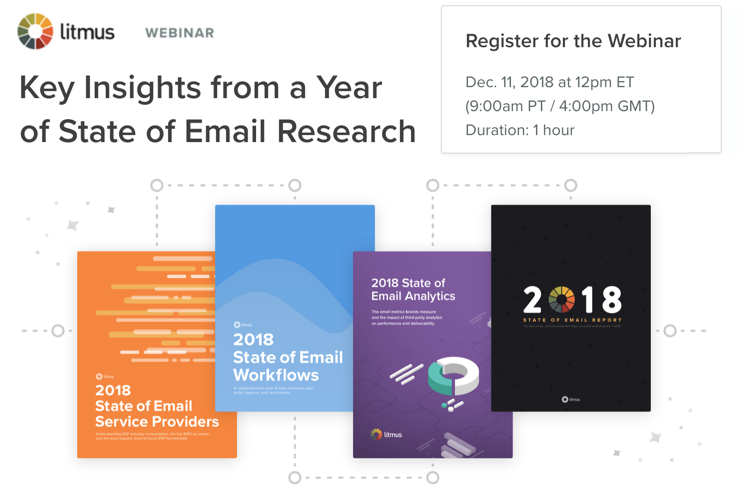
If you didn’t have time to read all of the hundreds of pages worth of reports and research insights that came out of our 2018 State of Email Survey, you’re in luck: We’ve condensed the key stats, trends, and takeaways from all our research into a single webinar.
You’ll learn about:
- How performance visibility impacts the subscriber experience
- What third-party tools your peers use to supplement ESP functionality
- Why most email review and approval processes are inefficient (and what you can do to fix them)
- How the under-measurement of email marketing ROI is hurting budgets
- And more
Join me for an hour packed with email industry data and insights that help you benchmark your email program against your peers’, and walk away with research-backed, hands-on advice on how to improve your email program in 2019.
Key Insights from a Year of State of Email Research
Dec. 11, 2018
12pm ET / 9:00am PT / 4:00pm GMT
Duration: 1 hour
Your Presenter:
Chad S. White, Research Director, Litmus
Can’t make it on Dec. 11? Don’t worry. Register and you’ll receive the recording of the webinar.
>> Register for the free webinar
Webinar: Trends and Insights for Interactive Email and AMP for Email
Posted on November 15, 2018

This year you can expect to see more interactive and personalized emails in your inbox. Marketers are opting to use interactive emails with bite-sized information to entice users to “shop now” or “learn more”—all directly in the inbox without having to visit an app or website. Is this design evolution optimal or does it pose risks? With Google’s announcement of AMP for Email, what does this mean for interactivity in email?
Join us as we talk about the trends and insights of interactive email and AMP for Email, and what this means for email marketers who are embracing these techniques to maximize ROI. We will discuss:
- The opportunities and challenges of interactive email and AMP for Email
- Examples and best practices of interactivity in email
- The scope of what Gmail is doing with AMP and what beta customers have to say
Trends and Insights for Interactive Email and AMP for Email
Tuesday, December 4th
1pm ET/10am PT
Your Presenters:
Chad S. White, Research Director, Litmus
Isaac Kim, Technical Product Manager, SparkPost
Can’t make it on Dec. 4? Don’t worry. Register and you’ll receive the recording of the webinar.
>> Register for the free webinar
The Last Word on October 2018
Posted on November 13, 2018
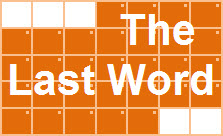 A roundup of email marketing articles, posts, and tweets you might have missed last month…
A roundup of email marketing articles, posts, and tweets you might have missed last month…
Must-read articles, posts & reports
Microsoft introduces new “verified” icons for businesses (250ok)
Why BIMI is Important for Email Deliverability (Inbox Pros)
Salesforce acquires Rebel, maker of ‘interactive’ email services, to expand its Marketing Cloud (TechCrunch)
The Only List You Don’t Want to Be on This Christmas: The Blacklist (Inbox Pros)
Insightful & entertaining tweets
The US embassy in Australia accidentally sent out a cat photo instead of a meeting invite. https://t.co/NOHLA8RbjJ pic.twitter.com/NfqebepiIE
— Josh Taylor (@joshgnosis) October 15, 2018
STOP writing rude captions as the “NO” option for not wanting to join a mailing list.
This is what it be like:
[YES] I wanna join the recipe mailing list!
[NO] I am a piece of shit who prefers Burger King over quality recipes from delicate doves who are thoughtful and pure.
— 🆃🆁🆄🅳🆈 (@thetrudz) September 18, 2018
Noteworthy subject lines
ModCloth, 10/5 – From boo to oooh…
The North Face, 10/26 – Breast Cancer awareness month is almost over…
FansEdge, 10/11 – Rep Your Boston Area Team(s). They Run The Sports World…
American Red Cross, 10/15 – Hurricane Michael: Heartwarming stories from the ground
Anthropologie, 10/15 – The guests will be here soon!
Crutchfield, 10/8 – Save up to $2,000 on an LG OLED TV
Blue Nile, 10/8 – Enter Now to Win $10,000
Sony Electronics, 10/11 – Here’s Your Chance to Win | Just Click
J.Crew, 10/21 – Help us collect coats for people in need (and get $25 off!)
Costco, 10/3 – We Deliver Groceries to Your Home – Choose Same-Day or 2-Day Delivery!
Aeropostale, 10/5 – Introducing Buy Online Pick Up In Store
Clinique, 10/28 – 3 steps to smoky eyes. FREE 7pc gift with purchase.
The Container Store, 10/21 – “I Show Off My Closet To Everyone”
UncommonGoods, 10/20 – The product that had the Today Show talking
National Football League, 10/11 – Eagles vs. Giants LIVE Tonight at 8pmET on NFL Network, FOX & Prime Video!
New posts on EmailMarketingRules.com
Chief Marketer: Why GDPR Can Improve Your Email ROI
Email Interactivity: Opportunities and Challenges
The Financial Brand: 6 Strategic Trends Reshaping the Future of Email Marketing in Banking
Industry Spotlight on Email Marketing at Nonprofits
NextAfter’s Generosity Freakshow Podcast: Optimizing Email with Chad White from Litmus
Infographic: Decision Tree for Recovering from Email Marketing Mistakes
Infographic: 6 Ways Nonprofits Can Improve Their Email Creation Process
Webinar Recording and Q&A: The Trends Transforming the Email Service Provider Landscape
Report: 2018 State of Email Analytics
Posted on November 12, 2018
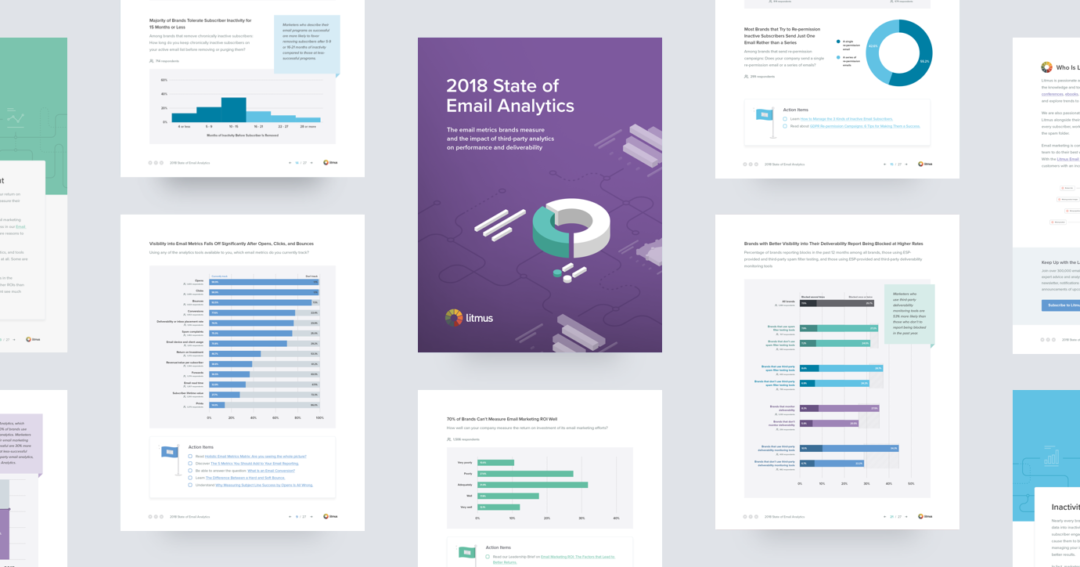
Brands use analytics to listen to what their subscribers and inbox providers are telling them. Without analytics, brands are deaf to both their cheers of happiness and their shouts of frustration.
Based on our State of Email Survey of 3,000 marketers, our first-ever State of Email Analytics report takes a detailed look at the email metrics brands measure, the analytics tools they use, and the impact of the two of those on program performance.
Some of the key findings from the State of Email Analytics include:
- Subscriber lifetime value, revenue per subscriber, and email marketing return on investment top the list of the metrics that the most brands are planning to start tracking soon.
- Email prints, email read time, and revenue per subscriber are the metrics that are most dependent on the use of third-party analytics.
- The majority of brands are now using their open and click data to trigger reengagement campaigns to inactive subscribers. The majority are also removing chronically inactive subscribers from their active mailing lists.
- Users of third-party deliverability monitoring tools are more than twice as likely as non-users to report being blacklisted, suggesting that many brands have been blacklisted and simply aren’t aware of it.
This 27-page report explores each of these findings and much more, with over 20 charts providing data-based evidence of current analytics practices and trends. Use the results to better understand how your email analytics capabilities stack up against your peers’ and where you have email performance visibility gaps. Then, use these findings to argue for better email analytics tools so you can craft better strategies, improve deliverability, and boost performance and ROI.
 Email Marketing Rules
Email Marketing Rules